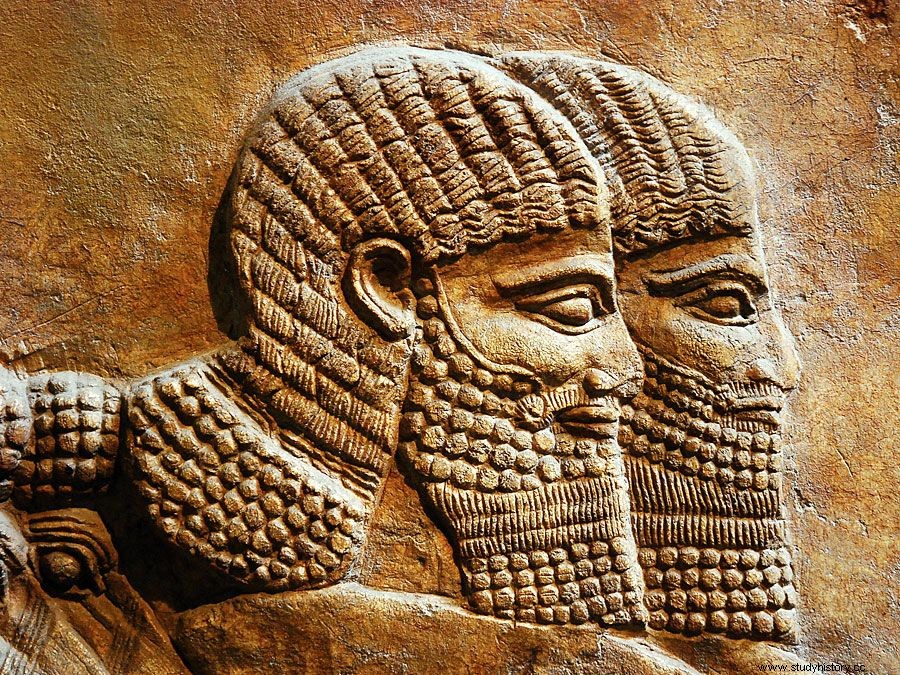Cilicia , an old area Southern Anatolia which is represented by the Taurus Mountains to the north and west, the Anti-Taurus to the east, and the to the south Mediterranean . It is geographically divided into two contrasting regions, the western part being wild and mountainous and the eastern part made up of rich plains. In ancient times, the only way from Anatolia was to Syria through Cilicia.
 Britannica Quiz The Middle East:Fact or Fiction? Is the literacy rate very high in Afghanistan? Does Yemen take its name from the Arabic word "northern"? Sort the facts in this quiz about Syria, Iraq and other Middle Eastern countries.
Britannica Quiz The Middle East:Fact or Fiction? Is the literacy rate very high in Afghanistan? Does Yemen take its name from the Arabic word "northern"? Sort the facts in this quiz about Syria, Iraq and other Middle Eastern countries. During the 14th and 13th centuries v . Chr . War East Cilicia was initially independent but later became a vassal the Hittites. Approximately 1000 v . Chr . Camen Mycenaean settlers along the coast, and by the 8th century Cilicia was subject to the Assyrians. Under the Persians (from the 6th to the 4th centuries) the district enjoyed a semi-autonomous status; in the 4th century it came under successive Macedonian and Seleucid rule. The Seleucids founded cities, among other things Seleucia (Silifke) on the Calycadnus river, later known for its Culture . In the 1st century v . Chr . Was Cilicia a Roman Province .
St. Paul visited Cilicia and the district is rich in early Christian monuments. Muslim Arabs occupied eastern Cilicia from the 7th century ad to 964 if Nicephorus II Phocas conquered it for Byzantium back . In 1080, migrating Armenians founded a principality in Taurus, which was later expanded and became a kingdom, called Cilician or Lesser, Armenia . It fell to the Egyptian Mamlūks in 1375 and to the Ottoman Turks in 1515. After the World War I became part of Cilicia from the Treaty of Sevres , but in the face of stubborn Turkish resistance, France relinquished its claims in 1921.
